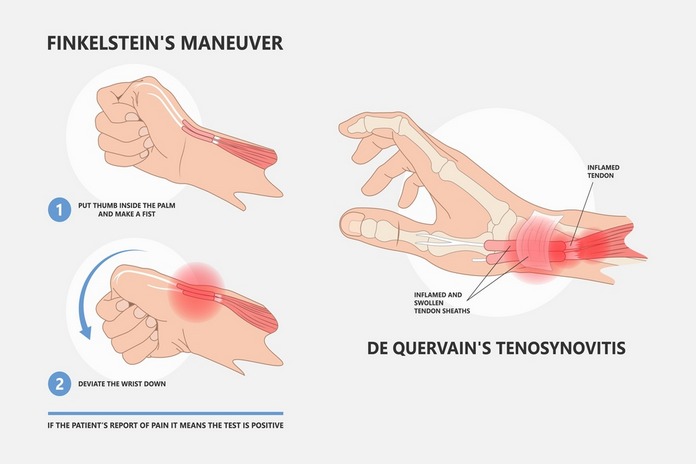Hand Pain Evaluation

There are many possible diagnoses of hand pain. Thus, evaluation and history taking are essential when there’s no clear cause. Your doctor will probably ask many questions. For instance:
- When did your symptoms start, and how?
- How long have you had it?
- What type of pain do you have, and how does it feel?
- What is the pain severity score on a scale from one to ten?
- Is there a trigger for your symptoms?
- Are there any alleviating factors?
Answering these questions as precisely as possible is essential to getting an accurate diagnosis. So, think about these questions before visiting your doctor to give him an accurate reply.
After answering these questions and others, the doctor will examine your hand and forearm. They will probably go through each articulation of the affected had to evaluate for tenderness and changes in anatomy. For example, if they find tenderness in the first carpometacarpal joint, they will probably suspect a subtype of arthritis known as osteoarthritis.
Palpation will also allow the doctor to examine your tendons and ligaments. If there is an injury, they will also evaluate for swelling and warmth of the articulations. In some cases, the physical exam will also reveal a tendon division in the case of injuries with a piercing instrument.
To evaluate tendon involvement in your hand pain, doctors may ask you to flex your fingers one by one. If you can do it without a problem, they will ask you to do it once again while applying resistance. This resisted flexion exam is useful to detect partial and complete tears. It may also detect tendon inflammation issues.
Next, nerve function is also tested with a motor and sensory test. They are different for the two primary nerves of the hand, the ulnar and median nerves. The ulnar nerve provides the sensation to your little finger. The median nerve gives the sensation to the other three fingers. Depending on where the sensation is lost, doctors can detect nerve problems of a very specific type. Similarly, it is possible to see which nerve is affected by evaluating muscle weakness and motor function of the affected hand.
There is also a test known as Finkelstein’s provocative test. This one is useful for detecting tenosynovitis. It involves moving the thumb with the forearm extended and deviating the hand with the tension. In the case of tenosynovitis, patients may experience pain located along the radius.
Neck involvement is also essential to evaluate sometimes, especially when the pain radiates from the forearm and arm to the hand. In some cases, there is a radicular pattern of a disease that starts in a cervical nerve root. In other words, you could have a nerve entrapment in the neck and near the spine. Depending on your signs and symptoms, the doctor may recommend imaging tests to confirm their suspicions.

